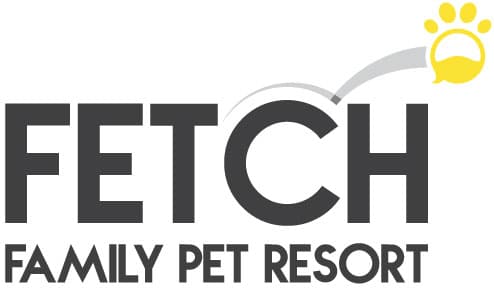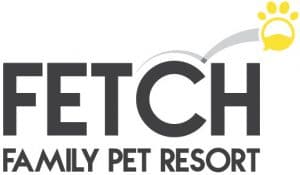For those of you who know me, I joke around a lot, but when I am serious, it’s for a reason. This is one of the times where the subject is serious because consequences from not understanding your dog’s normal digestive cycle can be fatal to your furry family member.
When humans eat, the natural reaction is to want to rest afterwards and let things digest. There’s even a rule my grandmother used to have about swimming after eating. “No one goes in the water for an hour after eating.” I am not sure where that comes from, but it’s good advice. Every time I broke her rule, I didn’t feel so good.
Dogs tend to want to play after eating. It’s a burst of energy that is contrary to normal digestion. Understanding that origin of energy is important. Not all dog food is created equal, and some dog food is loaded with carbohydrates and sugar. When looking at ingredients, keep an eye out for high sugar and carbohydrates content. Foods with sugar, carbs, and fillers might be the root of your dog’s bounciness after eating. Dogs don’t need a lot of carbs, and if he eats too many, it might give him that sudden burst of energy to play. Maybe you recently changed the brand or increased the amount at each meal. A new ingredient can cause an allergic reaction or response in the form of energy for your dog. When you change his food, his response might be more emotional than physical. He might be excited by the new food’s taste or anxious that it’s been changed.
Dogs needs to follow a stricter plan than my grandmother’s no swimming after eating rule. Simply put, a dog should not play for at least two hours after eating. This includes running, chasing dogs or any creatures, retrieving flying toys like balls, frisbees, and going on vigorous walks.
Playing after eating can become a serious and sometimes fatal problem for dogs – especially larger ones. A condition called Gastric Dilatation and Volvulus (GDV), commonly known as bloat, can occur if a dog runs around after eating, eats too quickly, or worst-case scenario – does both. The stomach can twist, which prevents gas from exiting the stomach, and this causes bloat. The twisted stomach also inhibits the flow of blood to other organs, and it goes back to the heart, causing arrhythmias and possible shock. The inflation of the stomach puts pressure on the lungs and makes it difficult for a dog to breath.
Bloat is serious and can be a fatal condition if it’s not treated quickly. Signs of bloat include trying to vomit without success, enlarged stomach, stomach pain and discomfort, collapsing, labored breathing, excessive drooling, or a pale nose and mouth. Take your dog to the vet immediately if you suspect bloat. If your dog needs a walk 30 minutes or so after eating, he probably just needs to relieve himself. Keep the walk leisurely and short. You can take them on a long walk a few hours after they have digested their food.
Playing with your dog is a great thing – just make sure you wait a few hours after eating. Dog bloat can be serious or even fatal if not treated in time. Give your dog a lot of chances to play and go on walks throughout the day and get him the best food you can. If you wish to discuss dog bloat or have food concerns, speak to one of our pet specialists or reach out to me. I am only a bark away.
Carolyn

